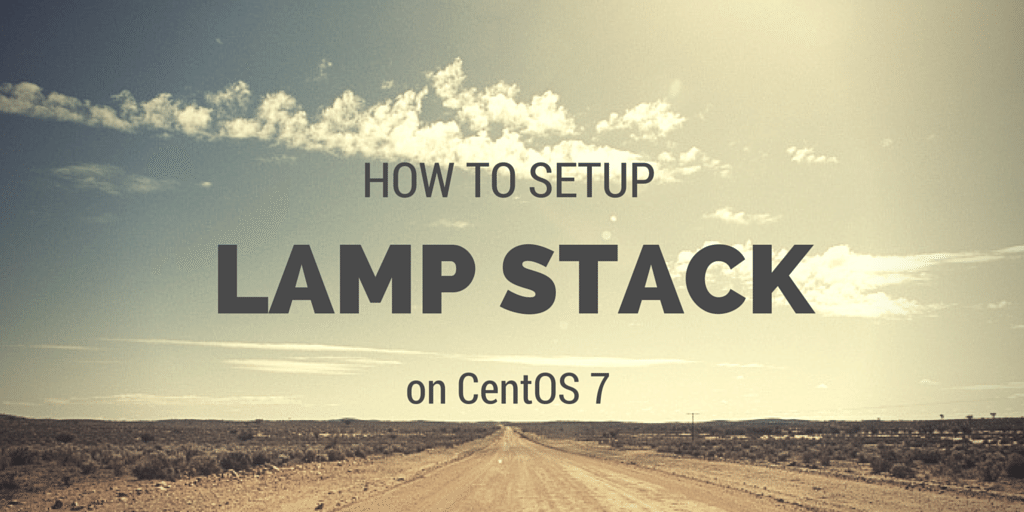In my previous post I have posted the LAMP configuration in centos 6 and also how to install the wordpress.
Here I took joomla open source for installing and configuring of LAMP for centos 7.
There is no difference between centos 6 and centos 7 the version only changed. And there is slight difference in commands used in SSH.
LAMP-indicates Linux, Apache, mysql and php.
The LAMP Components includes,
- Operating system – Linux (e.g. CentOS)
- Web server – Apache
- Database – MySQL
- Programming language – PHP (Hypertext Preprocessor)
Steps to Install Apache:
Installing and configuring a LAMP (Linux, Apache, MySQL, PHP) stack on CentOS 7 involves a series of steps. Here’s a simplified guide to help you set it up:
Step 1: Update System
Make sure your system is up-to-date:
sudo yum update
Step 2: Install Apache
Install the Apache web server:
sudo yum install httpd
Start and enable Apache to run on system boot:
sudo systemctl start httpd
sudo systemctl enable httpd
Step 3: Install MySQL
Install the MySQL (MariaDB) server:
sudo yum install mariadb-server
Start and enable MySQL:
sudo systemctl start mariadb
sudo systemctl enable mariadb
Run the MySQL secure installation script to set a root password and secure your installation
sudo mysql_secure_installation
Step 4: Install PHP
Install PHP and necessary modules
sudo yum install php php-mysql
Step 5: Configure Apache to use PHP
Edit the Apache configuration file to enable PHP:
sudo nano /etc/httpd/conf/httpd.conf
Add the following lines at the end of the file:
<FilesMatch \.php$>
SetHandler application/x-httpd-php
</FilesMatch>
Save and exit the editor.
Step 6: Restart Apache
Restart Apache to apply the changes:
sudo systemctl restart httpd
Step 7: Test Your LAMP Stack
Create a PHP info file to test your installation:
echo "<?php phpinfo(); ?>" | sudo tee /var/www/html/info.php
Open your web browser and navigate to http://your_server_ip/info.php. You should see a PHP info page.
Step 8: Firewall Configuration
If you have a firewall enabled, allow HTTP and HTTPS traffic:
sudo firewall-cmd --permanent --add-service=http
sudo firewall-cmd --permanent --add-service=https
sudo firewall-cmd --reload
Now, your LAMP stack on CentOS 7 should be set up and ready for use. Keep in mind that this is a basic configuration, and you may need to adjust settings based on your specific requirements and security considerations.
Further need to know how to do Rsync using Command in Linux click here.
